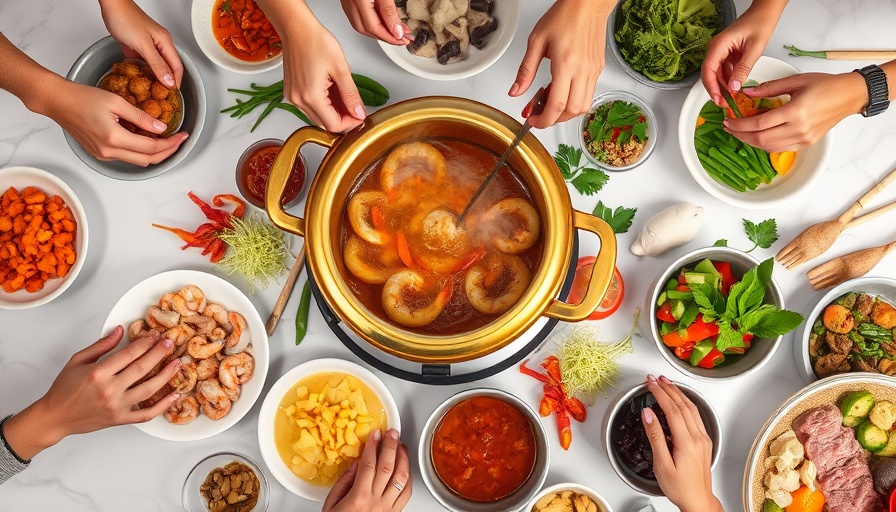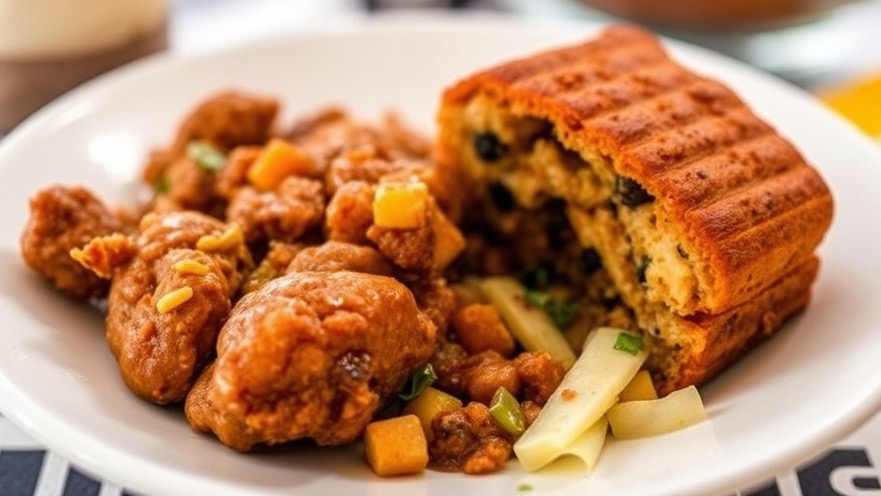
In the vibrant culinary scene of Guatemala City, one restaurant is reimagining the country’s traditional cuisine with boldness, creativity, and elegance: Flor de Lis. Tucked inside the upscale district of Cuatro Grados Norte, this fine-dining gem has earned its place as Guatemala’s most talked-about restaurant—where pre-Hispanic ingredients meet modern technique and ancestral stories are plated like edible poetry.
Led by chef Diego Telles, Flor de Lis isn’t just about food—it’s about memory, identity, and telling the story of Guatemala through flavor. With each tasting menu, Chef Telles and his team invite diners to journey through the country’s geography, myths, and cultural heritage, one dish at a time.
The Concept: A Culinary Tribute to the Popol Vuh
Flor de Lis is unique not only in its ambition but in its narrative foundation. One of the restaurant’s most iconic menus was inspired by the Popol Vuh, the sacred K’iche’ Maya text that chronicles the Maya creation myth and the adventures of the Hero Twins. Rather than serving a standard set of Guatemalan classics, the restaurant weaves ancient stories into avant-garde cuisine.
“Guatemala is more than tortillas and black beans,” Chef Telles said in an interview. “Our cuisine is ancestral. It’s poetic. At Flor de Lis, we’re trying to rescue those roots—not with nostalgia, but with creativity and pride.”
Each course on the Popol Vuh menu represented a scene from the myth: from the primordial darkness to the trials in the underworld, to the dawn of the first humans made of corn. One dish, called La Creación, was a sleek corn velouté with roasted kernels and edible ash—a tribute to the Maya belief that humans were sculpted from maize. Another, representing Xibalba, featured a hauntingly smoky preparation of rabbit with charcoal and cacao.
The Ingredients: Indigenous, Local, Seasonal
Chef Telles is a proud advocate of using native Guatemalan ingredients—from ixcaco (wild cacao) and amaranth to chiltepe peppers and loroco flowers. Much of the produce is sourced from local farmers and foragers. He frequently works with communities in Alta Verapaz and Sololá to rediscover forgotten plants and techniques.
Traditional ingredients like nixtamalized corn, black sapote, and pepitoria (toasted pumpkin seeds) make frequent appearances, but in ways that surprise even Guatemalans themselves. A dessert made from sweet tamale dough and fermented cacao has been compared to something you might find in Copenhagen or Lima—yet it speaks entirely in Guatemalan language.
The restaurant also reimagines pepian, jocón, and kak’ik—the national stews of Guatemala—not by imitating grandma’s cooking, but by distilling their essence and presenting them with modern elegance. Instead of a bowl of stew, you might get a foam, a reduction, or a crisp filled with essence—visually minimalist, but deeply emotional.
The Setting: Intimate, Story-Driven, Locally Inspired
Flor de Lis is small, sleek, and intimate, seating around 20–30 people per night. The atmosphere is warm but refined, with lighting designed to focus your attention on the plate. Menus are explained by the staff, who walk guests through the story behind each course, adding cultural and historical context.
Dining at Flor de Lis isn’t just about eating—it’s a full experience that touches on memory, mythology, and identity. The waitstaff might tell you the origin of a specific technique used by the Q’eqchi’, or how the ceramic plate was crafted by artisans from Totonicapán. In this way, the restaurant not only serves food but educates and empowers.
Recognition and Relevance
Flor de Lis has earned attention from food critics across Latin America and has been featured in the Latin America’s 50 Best Restaurants extended list. But more importantly, it has helped spark a larger culinary movement in Guatemala—one that dares to take indigenous foodways seriously and elevate them to the global stage.
Chef Telles has also become a mentor to many young chefs in the country, encouraging them to look inward for inspiration rather than abroad. “We don’t need to imitate Europe,” he once said. “Our ingredients, our stories, and our people are enough.”
Flor de Lis has also collaborated with other top chefs in Mexico, Colombia, and Peru—putting Guatemalan cuisine on the map alongside other Latin American powerhouses.
Where and How to Dine
Flor de Lis is located in Cuatro Grados Norte, a trendy cultural hub in Guatemala City known for its galleries, bars, and concept spaces. Reservations are required—often weeks in advance—as the restaurant only serves tasting menus and limits the number of guests per evening to ensure quality and intimacy.
A full tasting menu can range from USD $65 to $100, depending on seasonal offerings and wine pairings. Diners should plan for a 2.5 to 3-hour experience. Vegetarian and gluten-free versions are available with advance notice.
The restaurant has also introduced “pop-up tasting experiences” in Lake Atitlán and Antigua, bringing their philosophy to different regions of the country.
Flor de Lis is more than Guatemala’s best restaurant—it is the country’s culinary conscience. It asks important questions: What does it mean to be Guatemalan? What does ancestral knowledge taste like? How can the past nourish the future?
For travelers with an appetite for stories as much as flavor, a meal at Flor de Lis is a revelation. It’s where corn speaks, myths are eaten, and Guatemala sings through every dish.
Whether you’re a seasoned foodie or a curious traveler, Flor de Lis offers an unforgettable entry into the evolving identity of Guatemalan cuisine. Come hungry—not just for food, but for history, culture, and meaning.
 Add Row
Add Row  Add
Add 




Write A Comment